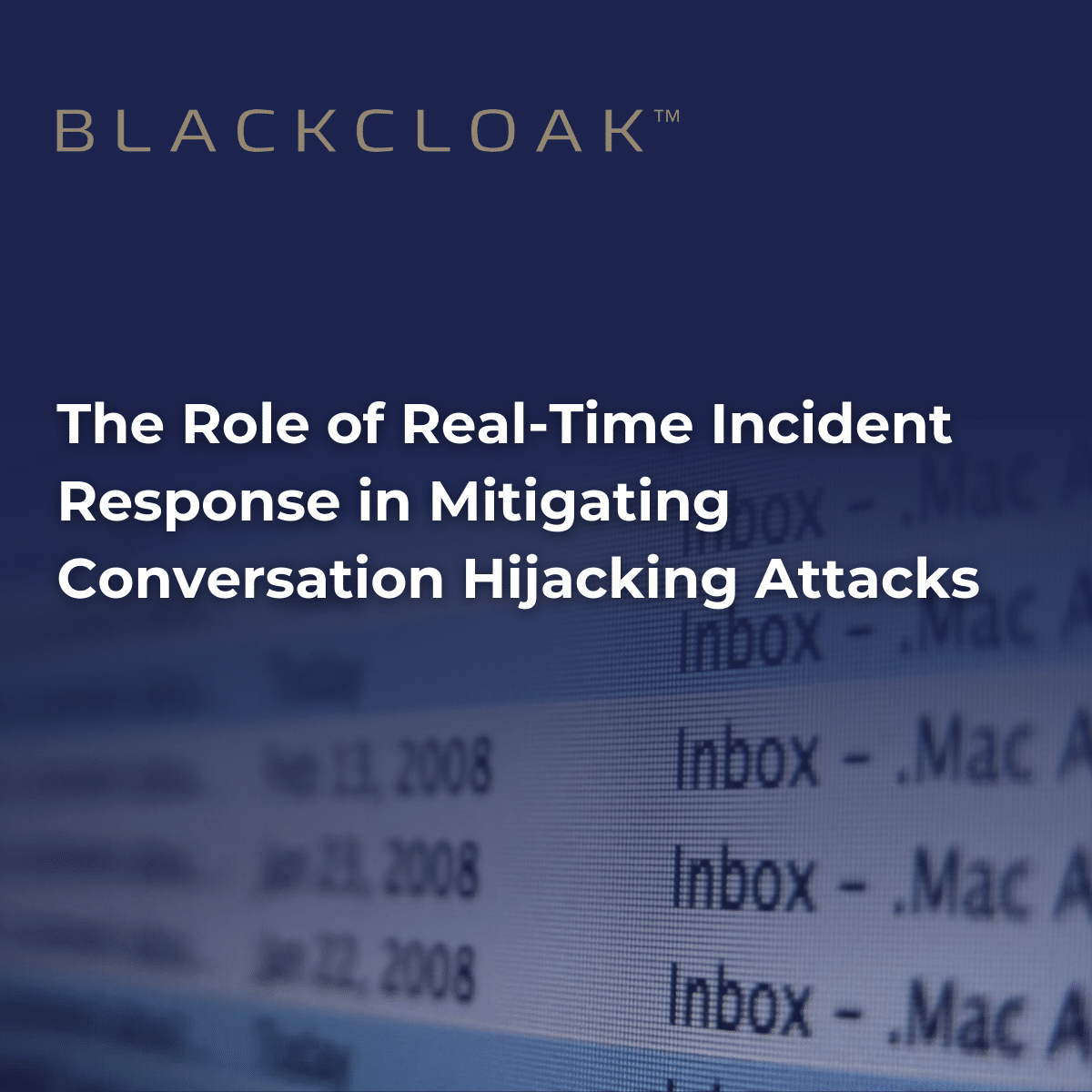The Role of Real-Time Incident Response in Mitigating Conversation Hijacking Attacks

Communications hijacking, also known as “conversation hijacking,” has emerged as a significant threat to organizations worldwide. This form of cyberattack involves unauthorized interception or redirection of communication channels, leading to data breaches, financial loss, and damage to an organization’s reputation. Real-time incident response is a critical strategy in mitigating the risks associated with conversation hijacking attacks.
Communications hijacking can take various forms, including email interception, VoIP hacking, and SMS phishing. Attackers may use these methods to gain access to sensitive information, impersonate individuals within an organization, or disrupt operations. The consequences of such attacks can be severe, making real-time incident response an essential component of cybersecurity.
Importance of Real-Time Incident Response
Real-time incident response enables organizations to detect and respond to security incidents as they occur. The speed of detection and response is crucial in limiting the impact of an attack. According to one report, breaches that are not identified and contained within 200 days cost $4.95 million on average, 23% higher than events contained within 200 days. This highlights the financial benefits of a swift incident response.
The cornerstone of real-time incident response lies in the ability to detect unusual activities as they happen, preventing potential threats before they lead to a cyber breach. These services track for any anomalies, alerting the account holder and the cybersecurity team, who can enable an immediate response.
Statistics Supporting Real-Time Incident Response
- The average data breach cost reached $4.45 million in 2023, a 15% increase over three years.
- Data compromises reported in the United States for 2023 impacted over 353 million individuals across 3,205 events, a 78% increase over the previous year.
- The median time from compromise to data exfiltration fell to just two days in 2023.
Real-World Examples of Conversation Hijacking Attacks
Several high-profile incidents illustrate the importance of real-time incident response in mitigating communications hijacking:
- Microsoft Source Code Theft: Russian hackers stole Microsoft’s source code and continued to gain unauthorized access to its internal systems as part of their November 2023 campaign.
- Iranian Hackers Compromise Israeli Network: Iranian hackers compromised an IT network connected to an Israeli nuclear facility, leaking sensitive documents.
- BGP Hijacking Incident: In February 2008, the state telecom of Pakistan, PTCL, redirected YouTube traffic to a null route, effectively blocking the service within the country.
Real-time incident response is a vital defense mechanism against communications hijacking. By implementing robust detection and response systems, organizations can significantly reduce the impact of cyberattacks on their operations and reputation. The statistics and real-world examples provided underscore the importance of investing in real-time incident response capabilities to safeguard against the evolving threat landscape.
BlackCloak: Real-Time Incident Response Against All Cyberthreats
Interested in learning more about real-time incident response cybersecurity protection? Request a demo, and see how BlackCloak’s concierge cybersecurity protects executives, public individuals, and HNWIs today.










